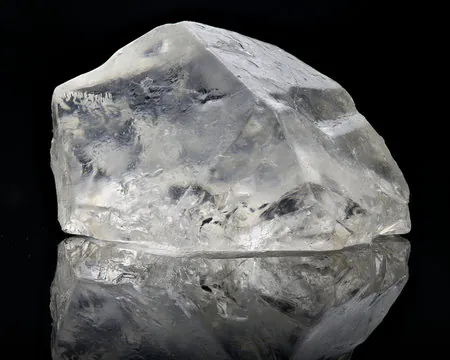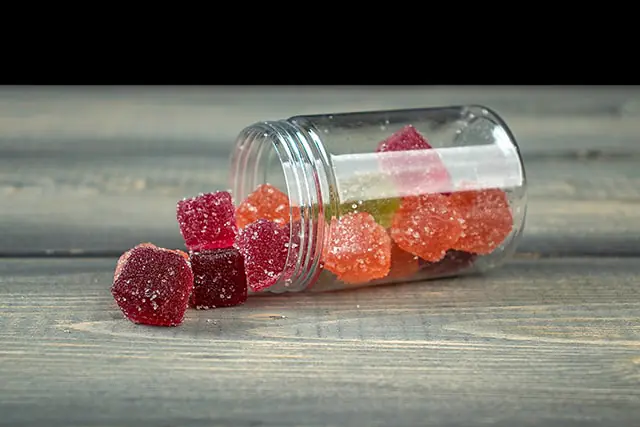The cannabis plant’s nature is no longer as mysterious as it previously was. The tremendous growth in science and technology has resulted in the discovery of many things about the cannabis plant, the most important of which is the particular intricacies of what the plant actually contains.
Previously, knowledge of the cannabinoid component of plants was relatively limited, and aside from the major cannabinoids THC and CBD, little to nothing was known of the other minor cannabinoids and chemical components of cannabis, but this is no longer the case due to the improved and highly developed nature of scientific studies.
Recent scientific research has demonstrated that it is feasible for a cannabinoid to exist in more than one form, with CBDP being a prime example. Stay tuned because, in this article, I’ll go through the fundamentals of all you need to know about this amazing new cannabinoid.
How was CBDP Discovered?
In 2019, two Italian scientists made a significant breakthrough in their study, discovering two fresh cannabinoids with the potential to entirely transform the hemp industry. The scientists made this discovery while attempting to find and adequately explain the compound profile of a particular medical cannabis strain believed to be cultivated in Florence.
During this study, an unexpected discovery was made: an altogether new compound with a molecular structure somewhat distinct from that of THC. Soon after, another compound with characteristics of CBD was found. These compounds were given the names THCP and CBDP.
What is CBDP?
CBDP, or cannabidiphorol, is one of 150 natural chemical compounds found in specific cannabis strains. It is non-intoxicating and does not induce a sensitive high like CBD, but it has the potential to change the brain and central nervous system by targeting receptor sites such as serotonin and opioid. CBDP is likely psychoactive because of its receptor targeting.
CBDP or cannabidiphorol has been discovered to be structurally similar to the famous cannabinoid CBD, but unlike CBD, CBDP includes a longer side chain, which is thought to have a variety of valuable properties. The longer side chain of THCP, the cannabinoid found alongside CBDP, aids in receptor attachment; however, this is not the case with CBDP.
Currently, studies reveal that CBDP does not enhance CBD’s weak receptor binding capability, though it should be emphasized that biological testing is still in its early phases; thus, it is too early to draw final findings. CBDP and THCP are the first cannabinoids of their class—cannabinoids with side chains longer than five.

CBDP Chemical Formula
CBDP has the chemical formula of C23H34O2, which implies it has 23 carbon atoms, 34 hydrogen atoms, and 2 oxygen atoms. It has seven carbon atoms on its alkyl side chain, making it a heptyl homolog of cannabidiol. CBD, on the other hand, has five. According to researchers, heptyl cannabinoids with seven-link chains have higher affinity at various receptor sites, as indicated by THCP, which is approximately 33 times more efficient than THC at binding to CB1 receptors.
Effects of CBDP
The CBDP cannabinoid has a huge potential. Many specialists are hopeful about the future of CBDP, one of the great cannabinoids on the market; yet, the validated effects of CBDP are still unknown, despite the fact that multiple studies are being undertaken. Researchers believe that CBDP will have the following probable effects:
CBDP is thought to have a crucial influence in determining the precise entourage effects generated from a specific marijuana strain. CBDP is also thought to play a role in the subjective cannabis responses that people have. The variable reactions of different individuals to the effects of cannabis after intake are thought to be attributable to the strain’s varying levels of CBDP.
Benefits of CBDP
CBDP has the same molecular structure and makeup as CBD. Because of this analogy, CBDP has a low affinity for cannabinoid 1 and cannabinoid 2 receptors but acts on other receptor sites to provide your body with a number of benefits.
Is CBDP Legal?
Yes, CBDP is federally legal and not classified as a controlled substance under the Controlled Substances Act, providing it is derived naturally from hemp plants containing no more than 0.3 percent THC. When the THC concentration of hemp exceeds 0.3 percent THC, it is considered marijuana and a federally illegal controlled narcotic. As a result, marijuana-derived CBDP is automatically prohibited under federal law.
The Bottom Line
The work that has been done so far emphasizes the undeniable fact that there is still so much more that we don’t know about the cannabis plant, but with rapid advancements in scientific research methods such as mass spectrometry and the improved legal status of the hemp industry, cannabis enthusiasts can be optimistic about the future.
CBDP is an uncommon cannabinoid with a lot of energy that is just ready to be released. CBDP, which is similar to CBD and has a seven-link alkyl side chain, has the potential to surpass CBD by a large margin. If you’re looking for a reputable and reliable producer of CBDP, State of Mind Labs is the way to go. Contact us as soon as possible if you want to get pure and safe CBDP at a great price.




